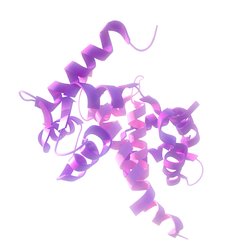| KCNQ2 | |||||||||||||||||||||||||||||||||||||||||||||||||||
|---|---|---|---|---|---|---|---|---|---|---|---|---|---|---|---|---|---|---|---|---|---|---|---|---|---|---|---|---|---|---|---|---|---|---|---|---|---|---|---|---|---|---|---|---|---|---|---|---|---|---|---|
 | |||||||||||||||||||||||||||||||||||||||||||||||||||
| Identifiers | |||||||||||||||||||||||||||||||||||||||||||||||||||
| Aliases | KCNQ2 , BFNC, BFNS1, EBN, EBN1, EIEE7, ENB1, HNSPC, KCNA11, KV7.2, KVEBN1, potassium voltage-gated channel subfamily Q member 2, DEE7 | ||||||||||||||||||||||||||||||||||||||||||||||||||
| External IDs | OMIM: 602235; MGI: 1309503; HomoloGene: 26174; GeneCards: KCNQ2; OMA:KCNQ2 - orthologs | ||||||||||||||||||||||||||||||||||||||||||||||||||
| |||||||||||||||||||||||||||||||||||||||||||||||||||
| |||||||||||||||||||||||||||||||||||||||||||||||||||
| |||||||||||||||||||||||||||||||||||||||||||||||||||
| |||||||||||||||||||||||||||||||||||||||||||||||||||
| |||||||||||||||||||||||||||||||||||||||||||||||||||
| Wikidata | |||||||||||||||||||||||||||||||||||||||||||||||||||
| |||||||||||||||||||||||||||||||||||||||||||||||||||
Kv7.2 (KvLQT2) is a voltage- and lipid-gated potassium channel protein coded for by the gene KCNQ2.
Mutations in the KCNQ2 gene are dominant autosomally inherited causes of benign familial neonatal epilepsy. [5]








